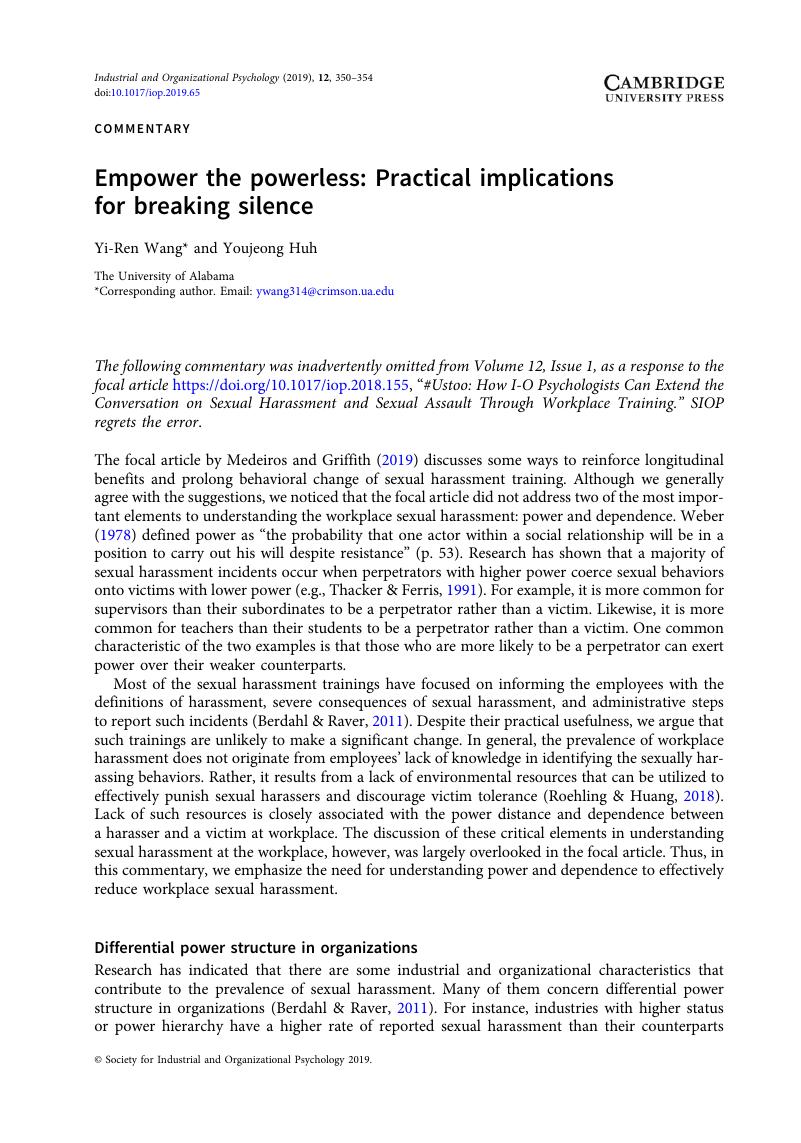Crossref Citations
This article has been cited by the following publications. This list is generated based on data provided by Crossref.
Sisco, Stephanie
2023.
The Palgrave Handbook of Critical Human Resource Development.
p.
219.





